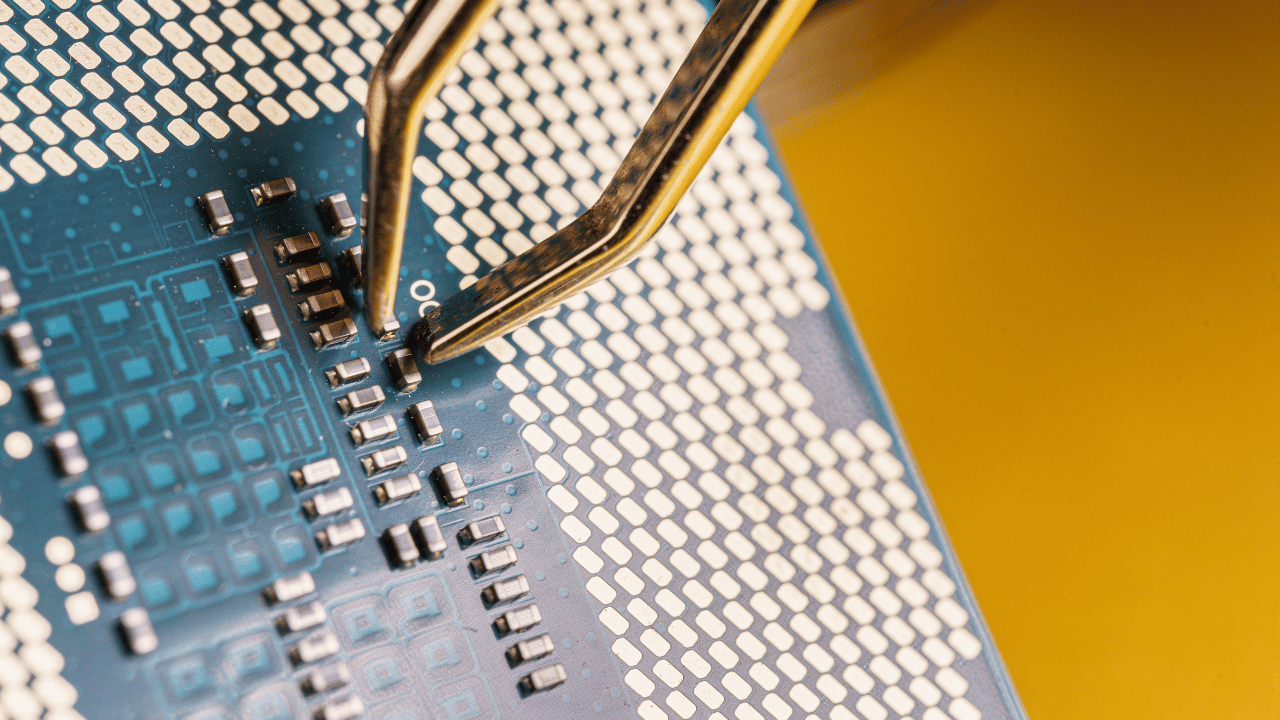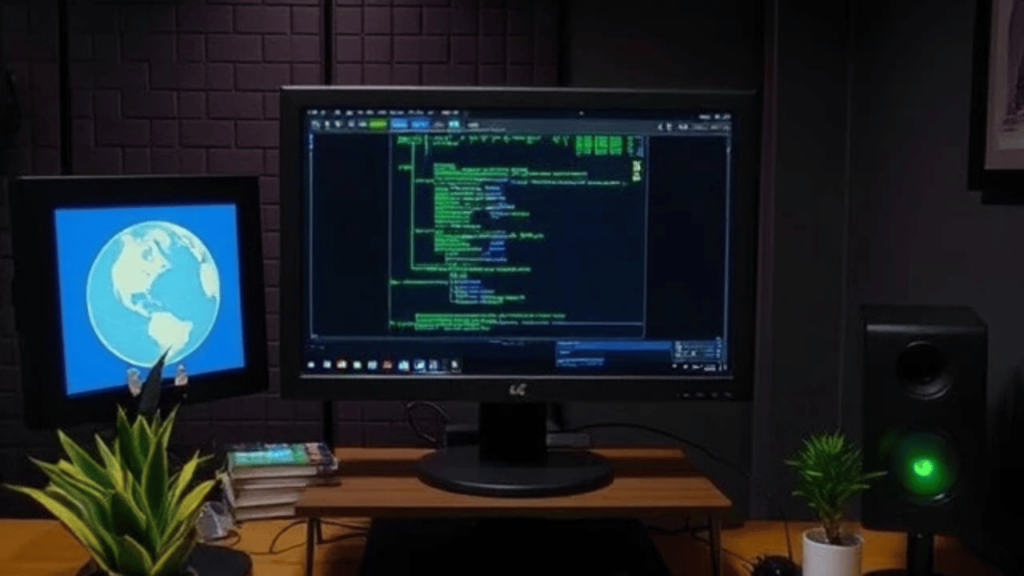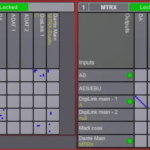Emulating classic PlayStation 1 games might seem like a trivial task for today’s hardware, but is it really? With the sheer power of modern CPUs, you’d think an 8-core processor could chew through PS1 emulation without breaking a sweat. However, emulation isn’t just about raw power—it’s about precision.
Think of it this way: running native software on a console is like cruising on a well-paved highway. Emulation, on the other hand, is akin to building that highway in real time while you drive on it. Every instruction, every rendering process, every bit of audio must be replicated in software, often in ways the original hardware never anticipated. This means that even though an 8-core CPU can handle far more demanding modern tasks, it doesn’t necessarily guarantee flawless PS1 emulation.
So, how does a multi-core processor really perform when tackling this challenge? Can more cores actually improve emulation efficiency, or does PS1 software demand something entirely different?
Let’s break it down.
Understanding PlayStation 1 Architecture and Emulation
Before diving into how an 8-core CPU handles PS1 emulation, it’s crucial to understand the architecture of the original PlayStation. The PS1 featured a single-core 32-bit RISC CPU, clocked at a modest 33.8 MHz, accompanied by a dedicated GPU and sound processor. Unlike modern gaming systems that rely on multi-threaded workloads, the PS1 was designed to operate in a highly synchronous environment.
Emulation requires the replication of this environment on vastly different hardware. While modern CPUs have multiple cores, most emulators, such as ePSXe and DuckStation, primarily rely on single-threaded performance.
This is because emulating a single-core system like the PS1 demands accurate timing and sequential execution of instructions, something that isn’t easily parallelized across multiple cores.
The Role of Multi-Core CPUs in Emulation

Modern CPUs often have 4, 6, or even 8 cores, but does that necessarily mean better emulation performance? Not always. Here’s why:
- Single-Threaded Performance Matters More: Since most PS1 emulation relies on a single-threaded approach, the clock speed and efficiency of a single core are far more critical than the number of cores.
- Parallel Processing Has Limits: While some emulator enhancements, such as texture upscaling and shader processing, can take advantage of multiple threads, the core CPU emulation remains largely single-threaded.
- Background Processes Benefit: More cores allow your system to handle other tasks (such as running background apps) without affecting emulator performance, but they don’t significantly impact the emulation itself.
Optimization Tips for Best PS1 Emulation Performance
If you’re using an 8-core CPU and want the best possible PS1 emulation experience, consider the following optimization tips:
- Prioritize High Clock Speeds – Since emulation relies heavily on single-threaded performance, a CPU with high clock speeds (e.g., 4.0 GHz or higher) will perform better.
- Use a Lightweight Emulator – Some emulators are more optimized than others. DuckStation, for example, is known for its efficiency and enhanced compatibility.
- Enable Hardware Acceleration – If your GPU supports OpenGL or Vulkan, enabling hardware rendering can significantly improve graphics performance.
- Adjust Emulator Settings – Tweaking settings such as cycle accuracy, frame skipping, and texture filtering can help optimize performance based on your CPU’s capabilities.
- Disable Unnecessary Background Applications – Freeing up system resources can ensure that more CPU power is allocated to the emulator.
Comparing Different CPUs for PS1 Emulation
Let’s compare how different CPU configurations impact PS1 emulation:
| CPU Model | Cores/Threads | Base Clock Speed | Performance in PS1 Emulation |
|---|---|---|---|
| Intel i5-12600K | 10 Cores / 16 Threads | 3.7 GHz (Boost 4.9 GHz) | Excellent |
| AMD Ryzen 7 5800X | 8 Cores / 16 Threads | 3.8 GHz (Boost 4.7 GHz) | Excellent |
| Intel i3-12100 | 4 Cores / 8 Threads | 3.3 GHz (Boost 4.3 GHz) | Very Good |
| AMD Ryzen 5 5600G | 6 Cores / 12 Threads | 3.9 GHz (Boost 4.4 GHz) | Very Good |
| Intel Pentium G6400 | 2 Cores / 4 Threads | 4.0 GHz | Decent (Some Slowdowns) |
As seen in the table, clock speed plays a more significant role than core count. CPUs with strong single-threaded performance perform best in PS1 emulation.
The Future of Emulation and CPU Development
As CPU architectures continue to evolve, will PS1 emulation eventually benefit from multi-core processing? The answer largely depends on how emulators are developed. Some modern emulators, such as RPCS3 (for PlayStation 3), already leverage multi-threading effectively. However, due to the fundamental nature of PS1’s single-threaded operation, significant performance improvements from multi-core CPUs remain limited.
That said, advancements in AI-driven emulation techniques and JIT (Just-In-Time) compilation methods could one day allow emulators to distribute workloads more efficiently across multiple cores. Until then, the best way to achieve smooth PS1 emulation remains focusing on a CPU with strong per-core performance rather than just high core counts.
Conclusion
So, can an 8-core CPU handle PS1 software emulation? Absolutely. But does it provide a major advantage over a 4-core or even a high-clock-speed dual-core processor? Not necessarily. The key takeaway is that emulation hinges on single-threaded performance, meaning a high clock speed and efficient architecture will yield better results than sheer core count.
If you’re serious about PS1 emulation, focus on optimizing your system settings, choosing the right emulator, and ensuring your CPU has excellent single-threaded performance. Multi-core processors have their place in gaming and high-performance computing, but when it comes to bringing classic PS1 games to life, it’s precision, not brute force, that wins the day.



